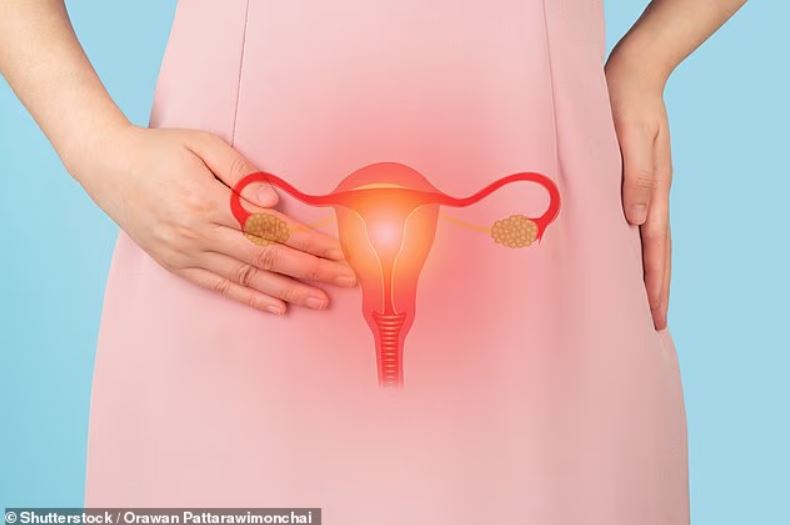A brave four-year-old boy with grapefruit-sized facial growths that are so heavy they affect his balance has finally taken his first steps after undergoing a series of operations to remove them.
Alex Grabowski from Somerset was born with cystic hygromas, which are a collection of fluid-filled cysts, on his face and in his airways.
The condition affected Alex’s speech and ability to walk, while he also needed a tracheostomy to help him breathe and a tube for feeding.

But following a series of eight-hour surgeries to reduce the cysts at Great Ormond Street Hospital in London, Alex has finally taken his first steps without support and is forming sentences, Sunday Mirror reports.
His mother Emily, 35, said the young boy ‘has already come on in leaps and bounds.’

The condition was first picked up at the 20-week scan and after he was born in January 2017, Alex spent the first six months of his life undergoing operations at Bristol Royal Hospital for Children.

Ms Grabowski revealed seeing her young son being taken off for eight-hour operations reduced her to tears with concern, especially as there was a risk of paralysis because one of the cysts had grown over a nerve.
Now on the path to hopefully leading a more independent life, Ms Grabowski said most people had been supportive and ‘lovely’, although ‘there have been some nasty comments.’
She added: ‘People have told me he looks scary and one man came up to me and asked if he was real.
‘I am worried about him having to deal with it by himself when he is older but I love Alex and I wouldn’t change a thing.’
























